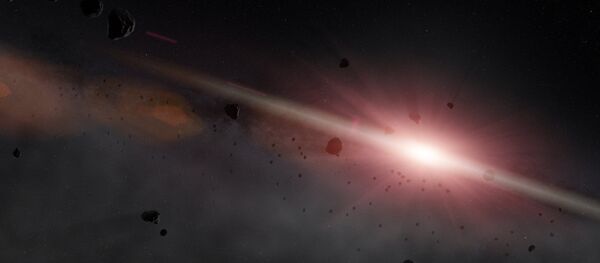MOSCOW, January 14 (Sputnik) —The rock, named 2004 BL86 by scientists, is expected to fly by at a distance of 1.2 million kilometers and estimated to be about 0.5 kilometers in size, India’s Economic Times newspaper reported on Wednesday.
"And while it poses no threat to Earth for the foreseeable future, it’s a relatively close approach by a relatively large asteroid, so it provides us a unique opportunity to observe and learn more," Yeomans said.
Amateur astronomers will be able to see the asteroid from the evening of January 26 into the morning of January 27, when it will pass in front of the constellations Hydra, Cancer and Leo.
Scientists say that the flyby is a must-see event given that no more flybys are expected until 2027 which will see another huge asteroid, 1999 AN10, whizz past Earth.
Scientists plan to examine 2004 BL86 by observing it with microwave transmissions.
“When we get our radar data back the day after the flyby, we will have the first detailed images. At present, we know almost nothing about the asteroid, so there are bound to be surprises,” according to radar astronomer Lance Benner of JPL, the principal investigator for the Goldstone radar observations of the asteroid.
Initially, the rock was spotted by a telescope belonging to the Lincoln Near-Earth Asteroid Research Survey in New Mexico, on January 30, 2004.


